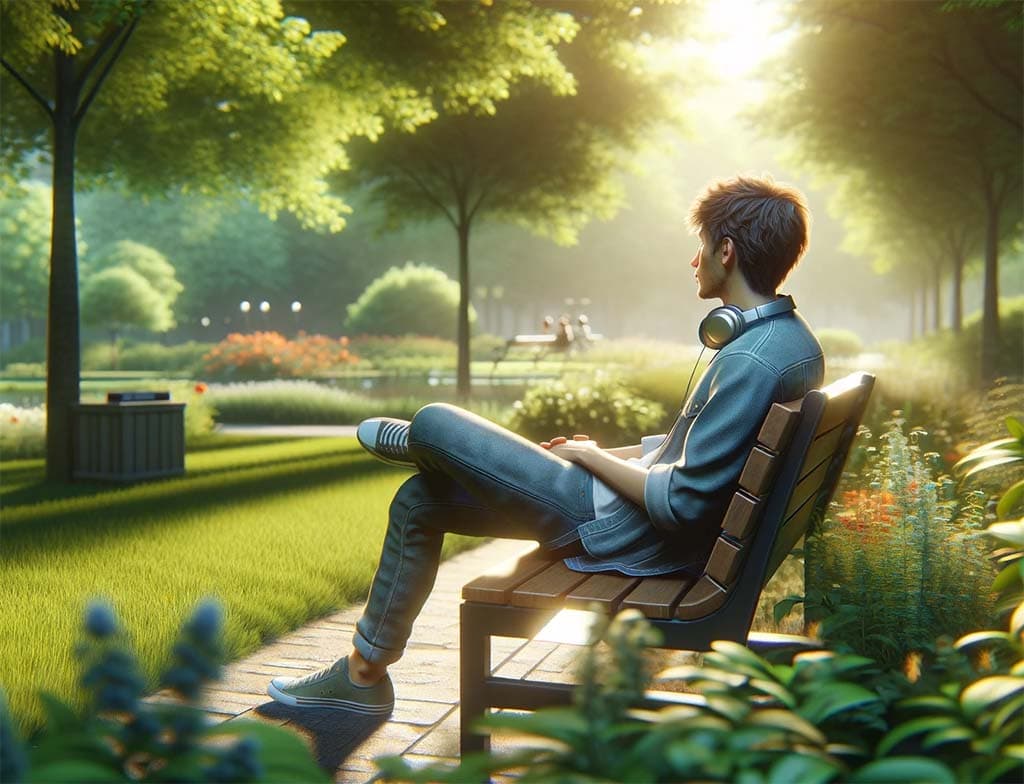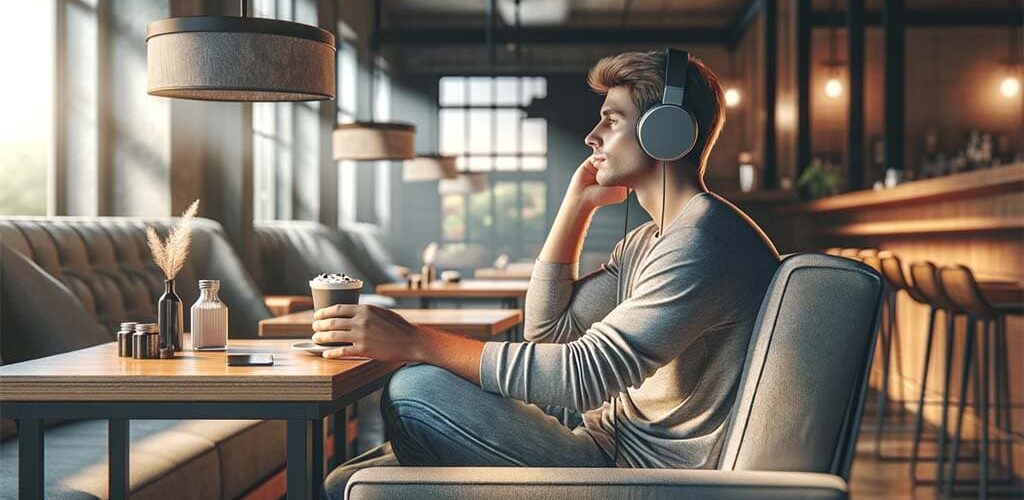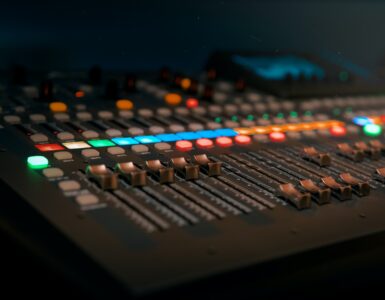Live music has a rich heritage, tracing back to times when it was a fundamental part of community life. Initially, these performances were held in local gathering spots, where music served not only as entertainment but also as a means to preserve and narrate community stories and histories. With the advent of the classical music era, live music began to transition into more formalized concerts. This shift saw music performances moving into ornate concert halls, often reflecting the societal hierarchies of the time by being primarily accessible to the elite. This transformation from informal, community-centric events to structured, exclusive concerts laid the groundwork for the diverse range of live music experiences available today.
From Acoustic to Amplified: Technological Advances
The advent of electronic amplification revolutionized live music, marking a pivotal shift from acoustic performances to amplified concerts. This technological leap allowed for a broader range of musical expression and gave birth to new genres. It enabled musicians to perform in larger venues, reaching wider audiences. The introduction of electric instruments further diversified musical styles, allowing artists to experiment with new sounds and techniques. As a result, live music became a more dynamic and inclusive form of entertainment, attracting a wider range of audiences and making it more integral to popular culture.
The Rise of Festival Culture: A Social Phenomenon

The emergence and growth of music festivals is a significant chapter in the story of live music. Originating from counterculture movements, these festivals have evolved into major global events, integrating music, art, and community engagement. This evolution reflects a shift in how individuals engage with music and each other, positioning festivals as important social events rather than merely musical performances. They have become melting pots of culture, influencing societal trends, fashion, and music preferences on a global scale, and serving as a testament to music’s power in shaping cultural identities.
Intimacy Versus Spectacle: Venue Transformations
The evolution of live music venues is a reflection of changing audience preferences and artistic intentions. Small, intimate venues offer a close and personal connection between artists and audiences, often leading to more profound and emotionally resonant experiences. On the other end of the spectrum, large venues like arenas and stadiums offer a different kind of allure, characterized by their grandeur and capacity for spectacular visual presentations. This diversity in venue types caters to varied musical tastes and experiences, from the deeply personal to the broadly communal, showcasing the multifaceted nature of live music.
Live Music and Digital Integration
In recent years, the digital world has significantly impacted live music experiences. The integration of digital technology in live performances has not only enhanced audio-visual elements but also transformed audience engagement. Live streaming of concerts has become commonplace, enabling fans worldwide to experience performances remotely. Additionally, social media platforms have become integral to how live music events are shared and promoted, broadening their reach. This digital integration has made live music more accessible, allowing a global audience to connect with artists and events they might not have had access to otherwise.
The Changing Role of the Audience
The role of the audience in live music has evolved from passive listeners to active participants. With the rise of interactive technologies and social media, audiences now have more opportunities to engage with live performances. This shift is evident in how fans interact with artists, whether through live tweets during concerts, voting for setlists, or participating in immersive concert experiences. This heightened level of interaction has changed the dynamics of live performances, making them more collaborative and inclusive.
Sustainability and Live Music: An Emerging Focus
As global awareness of environmental issues grows, sustainability has become a crucial aspect of live music experiences. Concerts and festivals are increasingly adopting eco-friendly practices, from reducing waste to using renewable energy sources. This shift not only reflects a growing consciousness about environmental impact but also influences how events are organized and perceived. The move towards sustainable live music experiences demonstrates the industry’s commitment to social responsibility, aligning with broader societal values.
The Future of Live Music: Innovations and Possibilities
Looking ahead, the future of live music holds exciting possibilities. Innovations in technology, such as virtual reality and augmented reality, are set to further transform live music experiences. These technologies have the potential to create entirely new forms of immersive performances, blurring the lines between reality and digital creation. Additionally, there is an increasing focus on personalizing live music experiences, catering to individual preferences and enhancing audience engagement. The continuous evolution of live music suggests a future where it remains a vital and ever-changing element of cultural expression.














